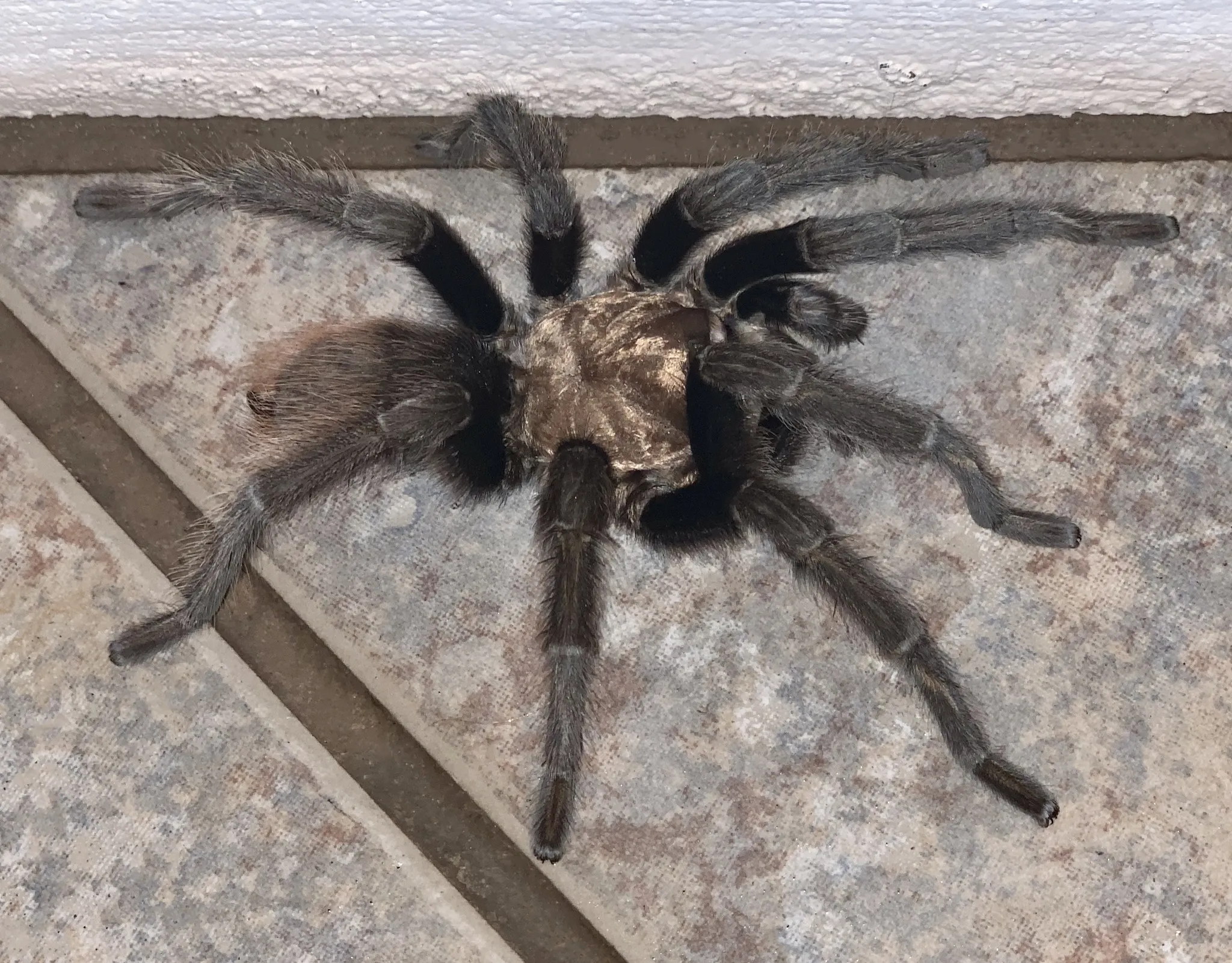Arizona Blond Tarantula: 10 Amazing Facts
The Arizona Blond Tarantula (Aphonopelma chalcodes) is a fascinating creature, captivating both arachnid enthusiasts and casual observers alike. These large, hairy spiders are native to the southwestern United States, particularly the deserts of Arizona, and possess a unique set of characteristics that make them stand out in the world of spiders. This article delves into ten amazing facts about the Arizona Blond Tarantula, exploring their appearance, behavior, habitat, and more, providing a comprehensive overview of this intriguing species. From their impressive size and gentle demeanor to their intriguing life cycle and interactions with their environment, the Arizona Blond Tarantula offers a wealth of information to discover. Get ready to explore the world of these remarkable arachnids and gain a deeper understanding of their place in the ecosystem.
Appearance and Characteristics
Arizona Blond Tarantulas are known for their striking appearance. They are large spiders, with females often reaching a leg span of up to 6 inches, while males tend to be slightly smaller. Their bodies are covered in fine hairs, which give them a soft, velvety texture. The coloration of these tarantulas is typically a blend of tan, brown, and blonde hues, which helps them blend seamlessly with their desert environment. Their bodies are divided into two main parts the cephalothorax, which houses the head and legs, and the abdomen, which contains the internal organs. They possess eight legs, each covered in sensory hairs that help them navigate and sense their surroundings. Their impressive size, combined with their unique coloration and hairy texture, makes them easily recognizable.
Size and Lifespan
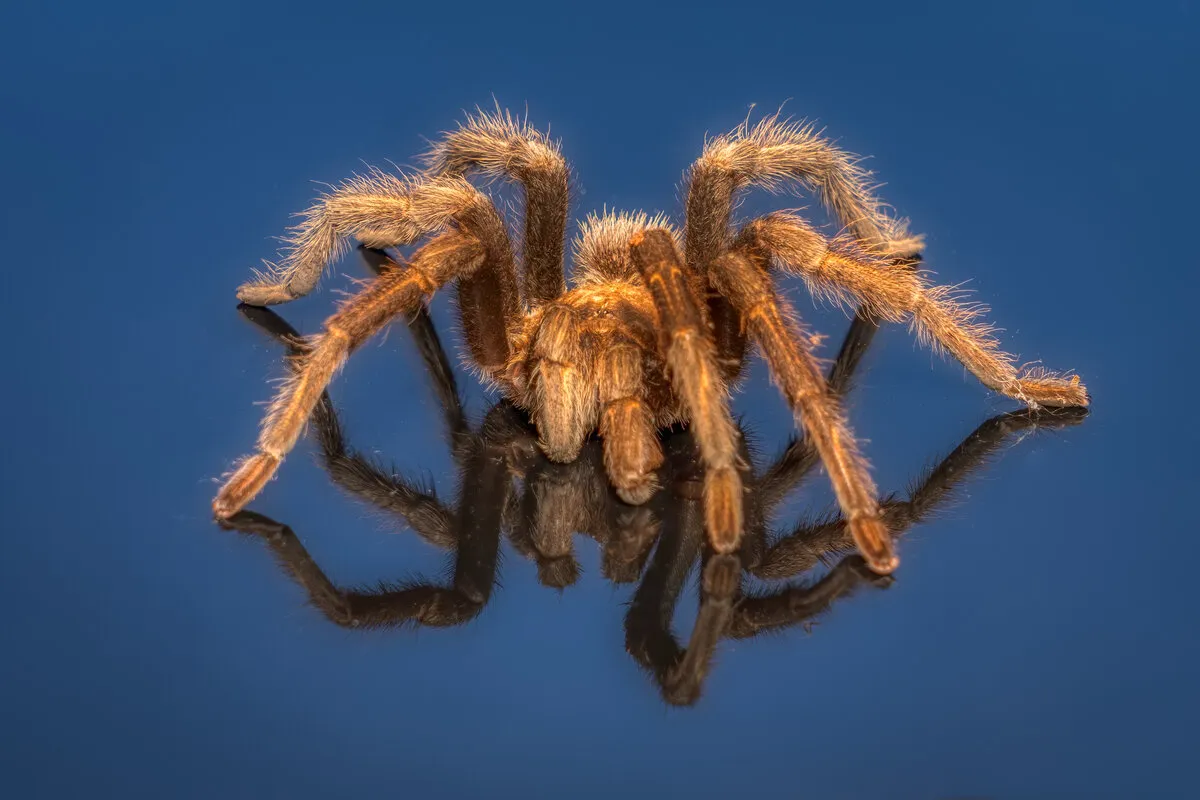
The Arizona Blond Tarantula exhibits significant size variation between males and females. As mentioned earlier, females are generally larger, with leg spans that can reach up to 6 inches or more. Males, on the other hand, are typically smaller, averaging around 4 to 5 inches in leg span. This size difference is a common characteristic among many tarantula species. The lifespan of these tarantulas also varies greatly depending on their sex. Female Arizona Blond Tarantulas can live for an impressive 20 to 25 years or even longer in some cases, making them one of the longest-lived spiders. Males, however, have a much shorter lifespan, typically living only 5 to 10 years. This difference is largely due to the males’ role in mating and the subsequent decline after they reach maturity.
Coloration and Markings
The Arizona Blond Tarantula’s coloration provides effective camouflage within its natural habitat. The overall appearance is a blend of tan, brown, and blonde, which mimics the hues of the desert floor and surrounding vegetation. The hairs covering their bodies play a crucial role in this camouflage. The specific shades of brown and tan can vary slightly depending on the individual spider and its environment. While generally muted, some specimens may exhibit subtle markings or patterns, adding to their unique appearance. The color also helps to regulate body temperature by absorbing and reflecting sunlight. The hairs also assist with the spider’s ability to sense movement and vibrations in their environment, which is crucial for both hunting and avoiding predators.
Habitat and Distribution
The Arizona Blond Tarantula is primarily found in the arid and semi-arid regions of the southwestern United States, including Arizona, Nevada, California, Utah, and New Mexico. They have adapted to survive in these harsh environments, which are characterized by high temperatures, low rainfall, and sandy or rocky terrains. Their distribution is closely tied to the availability of suitable habitats, such as open desert scrub, grasslands, and canyons. They are often found in areas with loose soil, which is ideal for burrowing. The availability of prey, such as insects, is also a critical factor in their distribution. The spiders prefer to build their burrows near plants and rocks, which provide them with cover from the sun and potential predators. They are a vital part of the desert ecosystem.
Where They Live
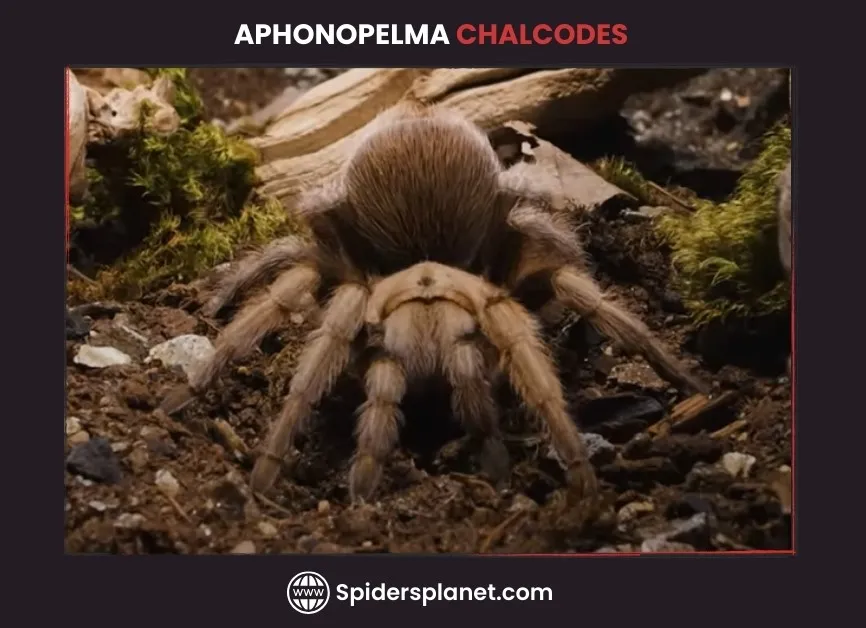
Arizona Blond Tarantulas make their homes in burrows that they either excavate themselves or occupy abandoned rodent burrows. These burrows are crucial for protection from the intense desert sun, predators, and harsh weather conditions. The spiders typically dig their burrows in the ground, lining them with silk to stabilize the walls and create a comfortable living space. The depth of the burrows can vary, but they are usually several inches to a foot or more deep. The location of the burrow is strategically chosen for shelter and access to prey. They often position their burrows near rocks, bushes, or other features that provide cover and ambush opportunities. These spiders are generally solitary creatures, with each individual tarantula occupying its own burrow, except during mating season.
Burrowing Behavior
Burrowing is an essential aspect of the Arizona Blond Tarantula’s lifestyle. They are primarily nocturnal creatures, and their burrows serve as their primary shelter during the day. The process of digging and maintaining their burrows is a testament to their survival skills. They use their chelicerae (fangs) and legs to excavate the soil, creating a cylindrical tunnel. The silk lining helps to reinforce the walls of the burrow, preventing collapse and providing stability. They will often retreat to the safety of their burrows during the hottest part of the day or when threatened. They will also remain in their burrows during periods of drought or when food is scarce, conserving energy until conditions improve. This behavior helps them to conserve energy and survive in the harsh desert environment.
Diet and Feeding Habits
As predators, Arizona Blond Tarantulas primarily feed on insects, but they will also consume other invertebrates and even small vertebrates. Their diet is opportunistic, meaning they will eat whatever prey is available and easy to catch. They are ambush predators, lying in wait near the entrance of their burrows or in concealed locations until prey comes within striking distance. Once a suitable prey item is detected, the tarantula will quickly lunge, injecting venom through its fangs. This venom paralyzes the prey and begins the process of digestion. They then inject digestive enzymes into the prey, breaking down the tissues. The spider then sucks up the liquefied remains. Their diet is an important part of the ecosystem.
What They Eat
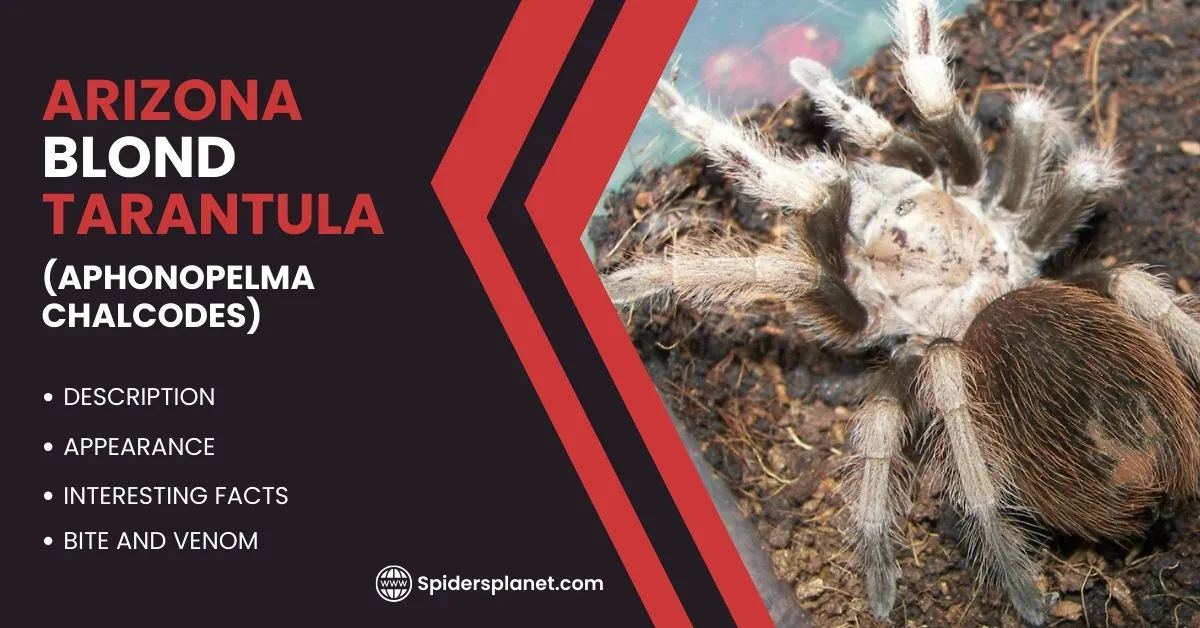
The diet of the Arizona Blond Tarantula mainly consists of various insects, including crickets, grasshoppers, beetles, and moths. These insects are readily available in their desert habitat. In addition to insects, they may also consume other invertebrates, such as smaller spiders and scorpions. Occasionally, they might prey on small vertebrates, such as lizards and even small rodents, if the opportunity arises. The availability of different prey items can vary depending on the season and the specific location of the tarantula. The tarantulas are able to eat a lot of different things. They play a vital role in controlling insect populations in their environment. Their diet is diverse, enabling them to thrive in an environment.
Hunting Techniques
The Arizona Blond Tarantula employs a combination of patience, stealth, and speed when hunting. They are ambush predators, meaning they wait for prey to come to them. They typically position themselves near the entrance of their burrow or in a concealed location, often using the surrounding vegetation and terrain to their advantage. They rely on sensory hairs on their legs and body to detect vibrations and movement, signaling the presence of potential prey. When prey comes within striking distance, the tarantula will quickly lunge forward, using its powerful legs to seize the prey with its fangs. The venom is then injected to immobilize the prey. The spider will then begin the process of feeding. This hunting strategy is very effective in the desert.
Venom and Defense Mechanisms
Like all tarantulas, the Arizona Blond Tarantula possesses venom, which it uses primarily for subduing prey. The venom contains a complex mixture of toxins that are specifically designed to paralyze insects. While their venom is not considered lethal to humans, a bite can be painful and cause localized symptoms. They also have a defense mechanism involving urticating hairs on their abdomen. These hairs are barbed and can be flicked off the abdomen when the tarantula feels threatened. The hairs can cause skin irritation and discomfort if they come into contact with the skin or eyes. Their defense mechanisms are there for survival.
How They Defend Themselves

The primary defense mechanism of the Arizona Blond Tarantula is the use of urticating hairs. These hairs are located on the abdomen and are specifically designed to deter predators. When threatened, the tarantula will rub its hind legs against its abdomen, flicking these barbed hairs into the air. If the hairs come into contact with the skin or eyes of a potential predator, they cause irritation and discomfort, which can deter the predator. They also may bite in defense, injecting venom. The tarantula also has the option of retreating to its burrow for safety. This combination of defenses is usually sufficient to protect them from most threats in their environment.
Venom Potency
The venom of the Arizona Blond Tarantula is primarily intended for subduing prey, not for defense against large animals or humans. While the venom contains toxins that can cause paralysis in insects, it is not considered highly potent or dangerous to humans. A bite from an Arizona Blond Tarantula is typically not life-threatening. The symptoms of a bite in humans can include localized pain, redness, swelling, and itching at the bite site. Some individuals may experience mild systemic symptoms, such as nausea or headache. The severity of the symptoms depends on several factors, including the amount of venom injected, the individual’s sensitivity, and the location of the bite. Medical attention is generally not required for a bite, but it is always a good idea to monitor the bite site and seek medical advice if any severe symptoms occur.
Reproduction and Life Cycle
The Arizona Blond Tarantula has a unique and fascinating life cycle. Reproduction involves a mating ritual, followed by the female laying eggs in a silk egg sac. The young spiderlings then go through several molting stages before reaching maturity. The life cycle of these tarantulas is an important part of their existence. The process is slow and fascinating, with the adults going through molts throughout their life. They reproduce in the fall.
Mating Rituals
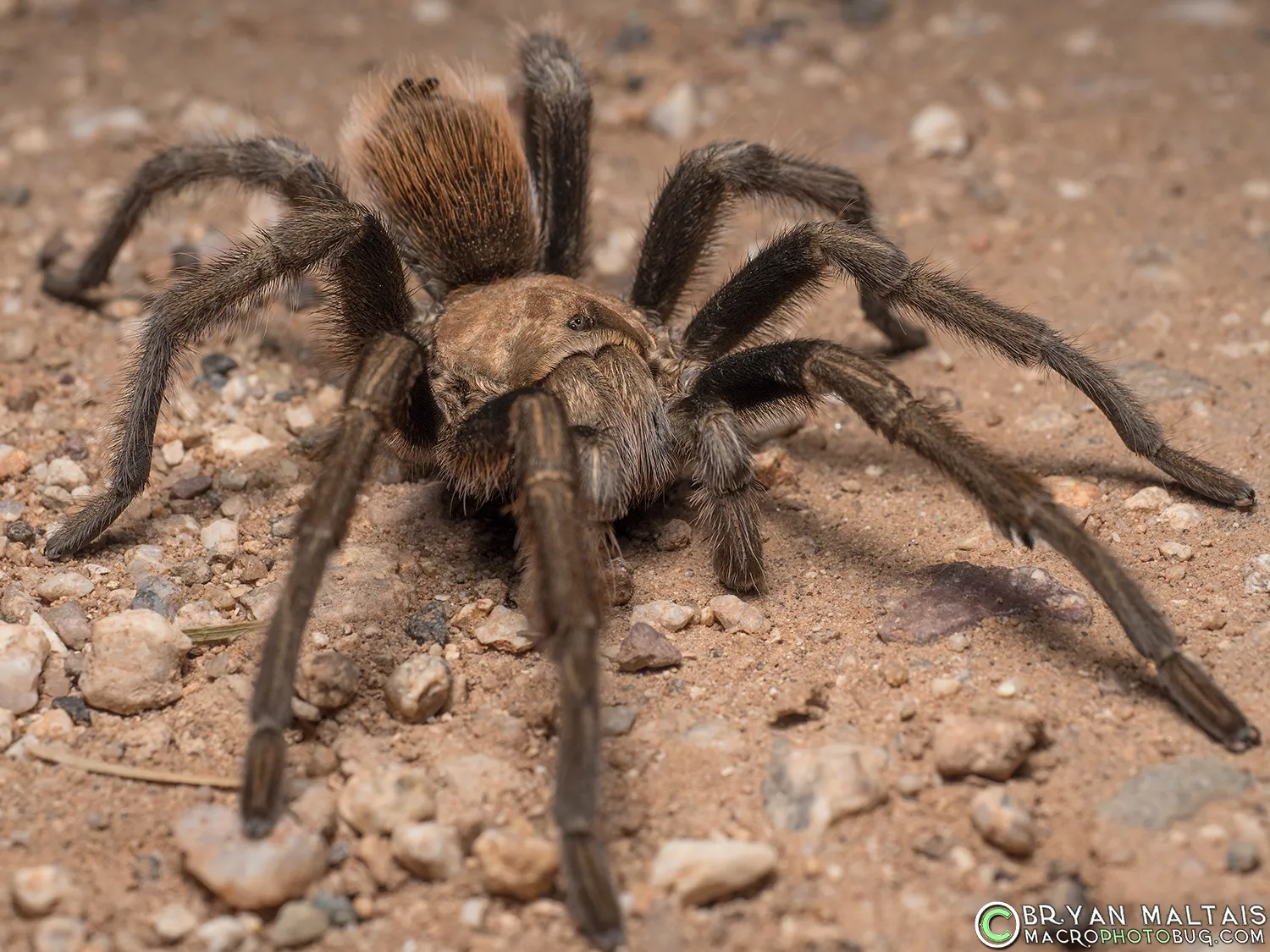
Mating in Arizona Blond Tarantulas typically occurs in the late summer or early fall. The male, who is smaller and more mobile than the female, will actively seek out a receptive female. To initiate the mating process, the male creates a sperm web, which is a small silk mat where he deposits his sperm. He then uses his pedipalps (small appendages near his mouth) to transfer the sperm to the female. The male must approach the female cautiously, as she may view him as prey. He will use a series of courtship behaviors, such as drumming his legs on the ground or waving his pedipalps, to signal his intentions. If the female is receptive, she will allow the male to approach and mate. Mating is often a brief but crucial process in which the male must be careful to avoid becoming a meal. After mating, the male usually retreats quickly to avoid being eaten by the female.
Egg Sacs and Spiderlings
After mating, the female Arizona Blond Tarantula will lay her eggs in a silk egg sac, which she carefully constructs in her burrow. The egg sac can contain hundreds of eggs, which are protected within the silken enclosure. The female will guard the egg sac and provide it with moisture and protection until the eggs hatch. The time it takes for the eggs to hatch can vary, depending on environmental conditions. Once the spiderlings emerge, they are miniature versions of the adults. They are small and vulnerable, and they will remain within the burrow for a period, feeding on the yolk reserves from their eggs. They undergo several molting stages as they grow. Spiderlings are very small, but are fully formed tarantulas.
Conservation Status and Threats
The Arizona Blond Tarantula currently has a relatively stable population, but it faces potential threats from habitat loss, climate change, and the pet trade. Efforts are being made to monitor the populations and protect their habitats. They are an important part of the desert ecosystem, and it is important to make sure they are taken care of.
Current Conservation Status
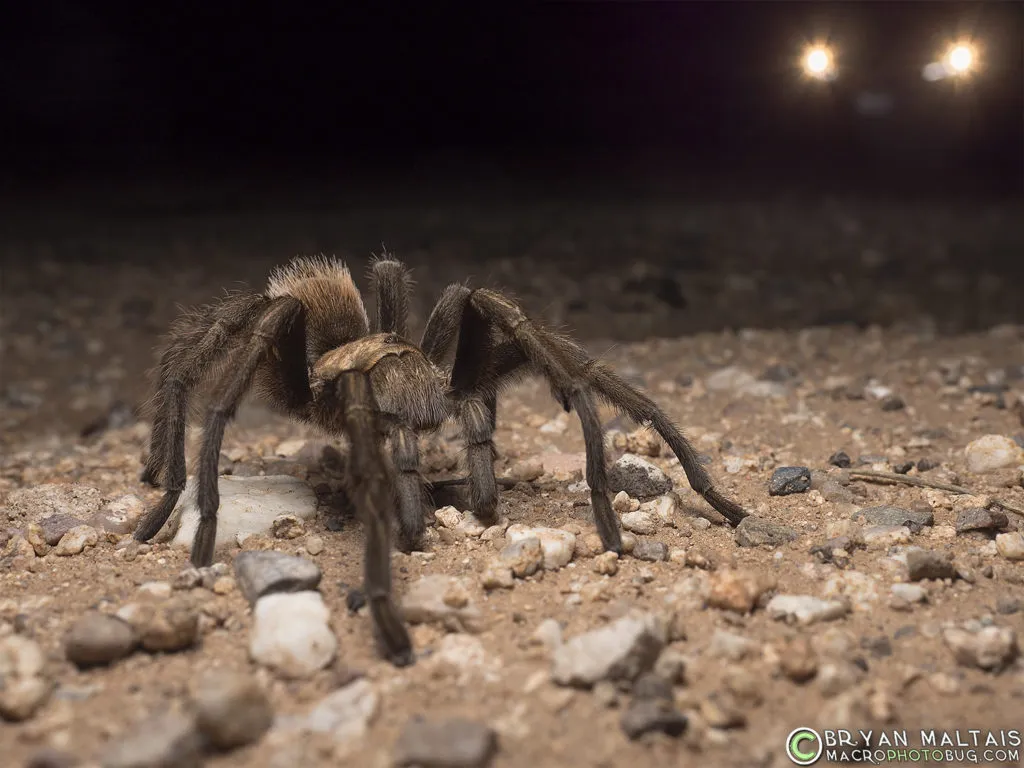
The Arizona Blond Tarantula is not currently listed as an endangered or threatened species by any major conservation organizations. Their populations are generally considered to be stable throughout their range. However, ongoing monitoring and research are important to ensure their long-term survival. Conservation efforts include habitat preservation and educating the public about these fascinating creatures. While not currently threatened, it is crucial to continue to monitor their populations and address potential threats. They are an important part of the desert ecosystem, and their conservation is important.
Threats to Survival
The Arizona Blond Tarantula faces several potential threats that could impact its long-term survival. Habitat loss due to development, agriculture, and other human activities is a significant concern. Climate change poses a threat as it can affect the availability of resources, alter habitats, and impact the spider’s physiology. The pet trade, while not a major threat, can put pressure on wild populations if collecting is not regulated. Pesticide use can also have an impact on their food sources and the spiders themselves. Addressing these threats requires a multi-faceted approach, including habitat protection, sustainable land management practices, and education. This way, we can make sure the Arizona Blond Tarantula continues to thrive.
Arizona Blond Tarantula as Pets
Arizona Blond Tarantulas are popular pets due to their docile nature, impressive size, and relatively low-maintenance care requirements. They are not particularly prone to biting and are generally easy to handle. However, like any pet, they require proper care and a suitable environment to thrive. They have a unique appearance, are docile, and have a long lifespan. However, owning one is a commitment.
Caring for an Arizona Blond Tarantula
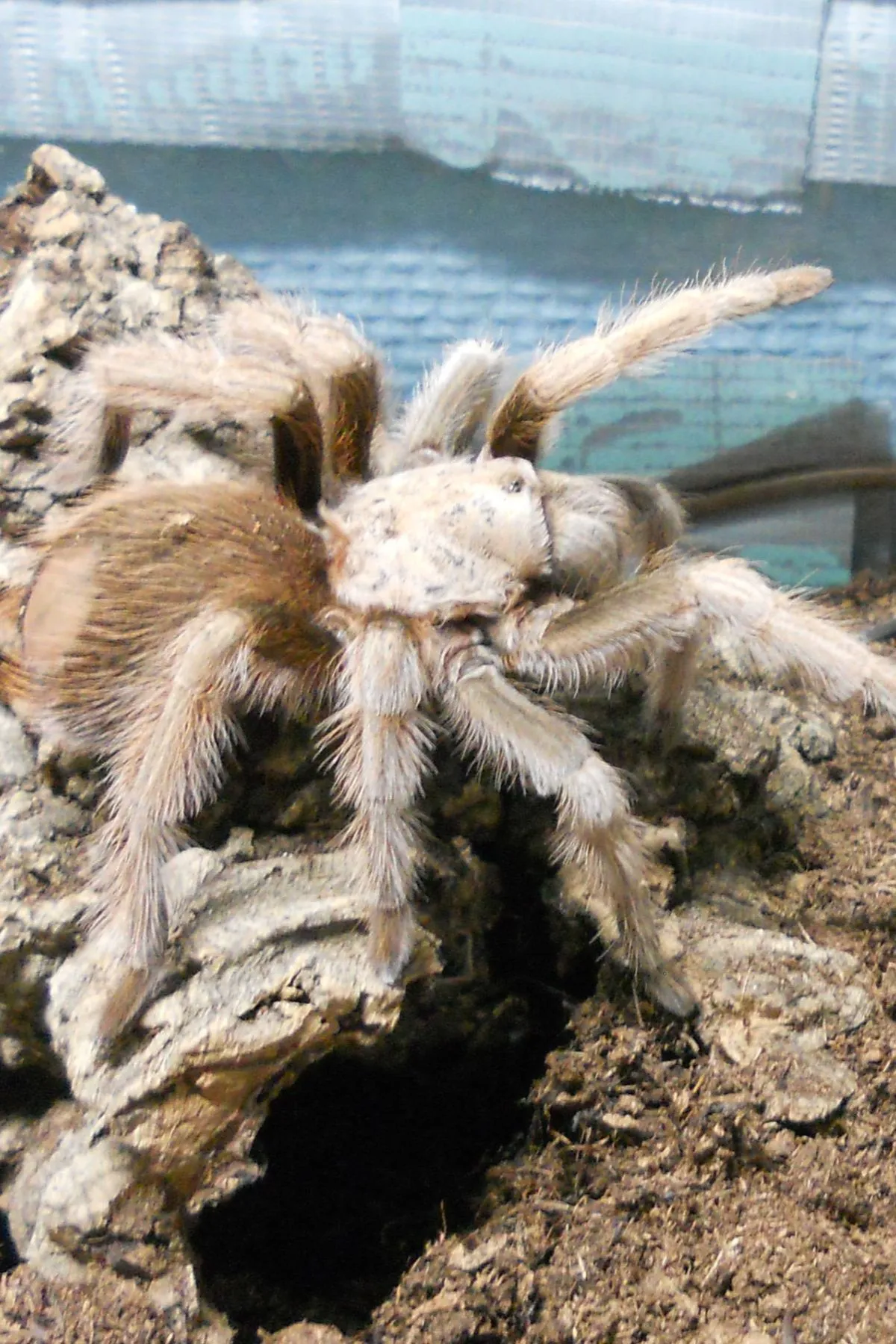
Caring for an Arizona Blond Tarantula involves providing a suitable habitat, appropriate diet, and regular maintenance. A secure enclosure with proper ventilation is essential. The enclosure should be large enough for the tarantula to move around comfortably, with a substrate (such as coconut fiber or peat moss) to allow for burrowing. The habitat should be kept at a suitable temperature and humidity level. They require a balanced diet of insects, and the occasional small vertebrate. Regular feeding is necessary, with the frequency depending on the spider’s age and size. Providing clean water is also important. Handling should be done with care, and it is recommended to wash hands after handling the tarantula or its enclosure. By understanding the basic care requirements, any owner can provide a healthy and enriching life for their Arizona Blond Tarantula. It is a rewarding experience.
Common Health Issues
Arizona Blond Tarantulas, like all tarantulas, can be susceptible to certain health issues. Parasites are a common concern. They can be contracted from live prey. Preventative measures include quarantining new spiders and feeding them properly. Injuries from falls or encounters with enclosure decorations are possible. Provide appropriate enclosure design and handling techniques. Providing clean water and a hygienic environment can help to prevent infections. Respiratory infections can occur if the humidity levels in the enclosure are too high. Maintaining proper humidity and ventilation is key. By recognizing potential health issues and providing proper care, you can minimize the risks and ensure the long-term health and well-being of your Arizona Blond Tarantula. If anything serious arises, you should seek help from a veterinarian.
